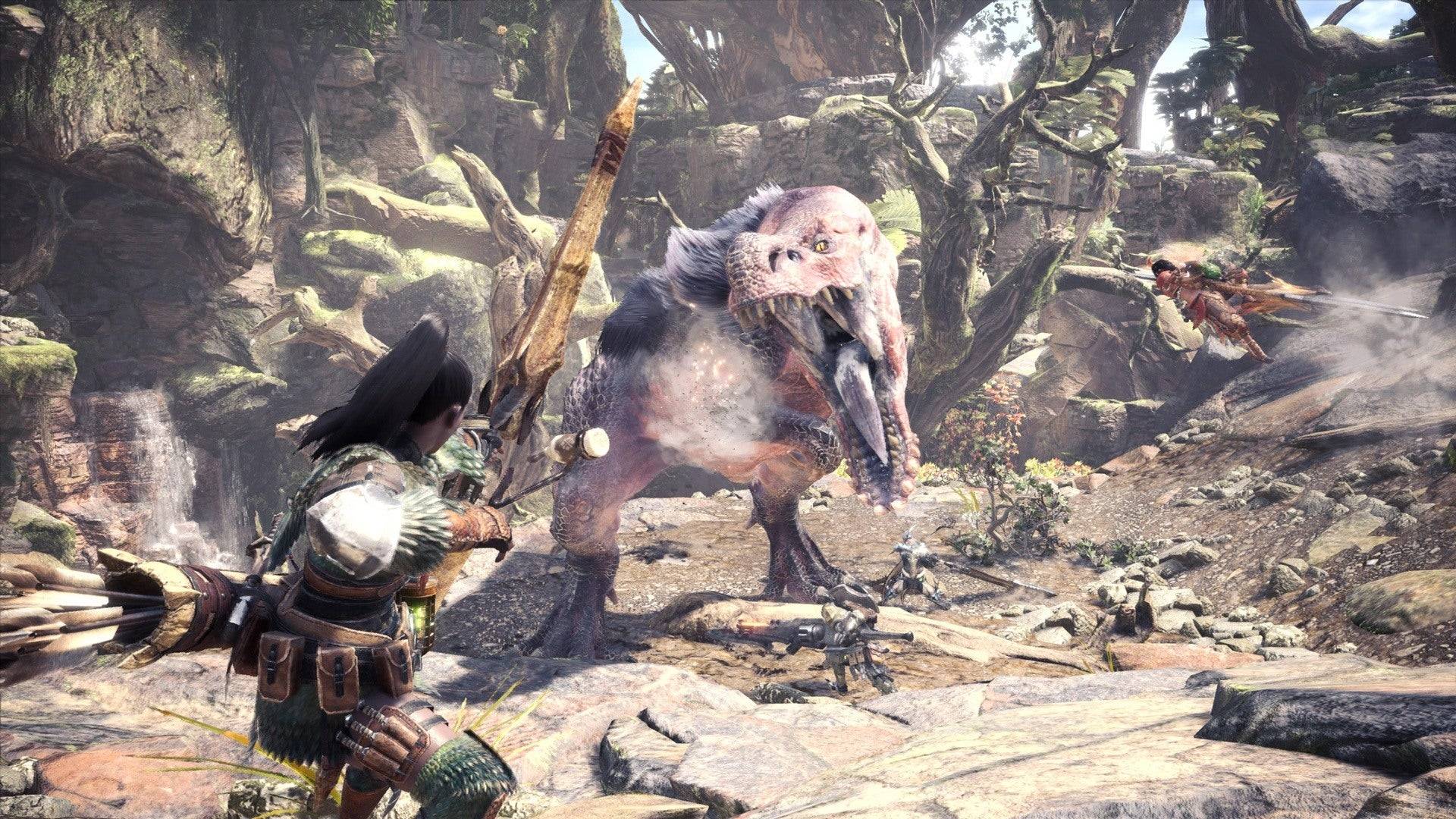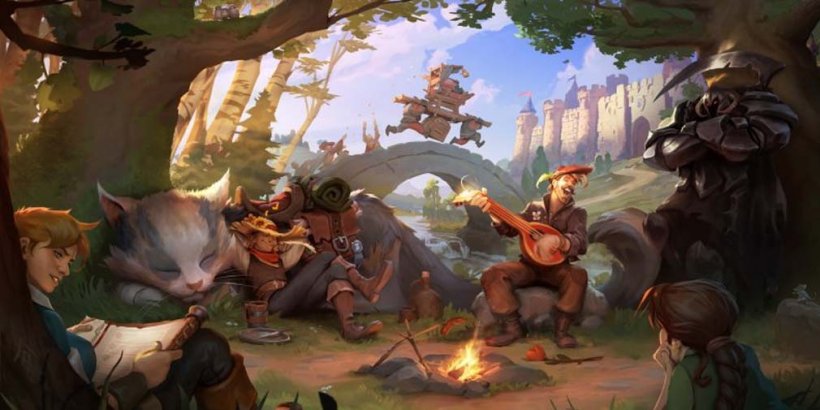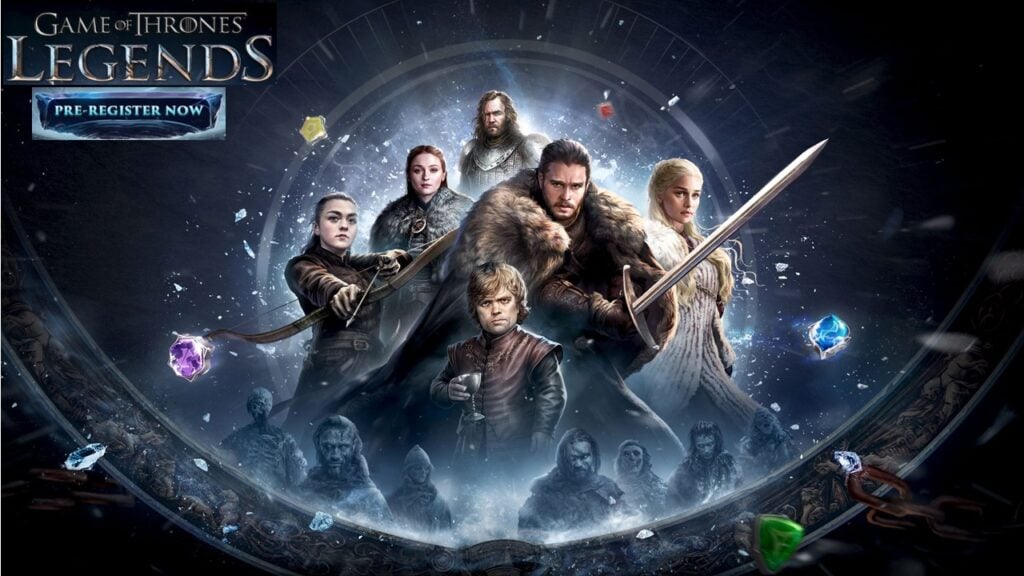Why You Should Play Monster Hunter: World Before Wilds
- By Mia
- Feb 26,2025
Mastering Monster Hunter Wilds: Why You Should Play Monster Hunter: World First
Monster Hunter Wilds is one of Steam's most anticipated games, and for many, it will be their first foray into the Monster Hunter franchise. While the game will undoubtedly include a comprehensive tutorial, the series is notoriously complex. Therefore, playing a previous game, specifically Monster Hunter: World (2018), can provide invaluable preparation.
We recommend World not for narrative connections to Wilds, but because its style and structure most closely mirror the upcoming title. World serves as an excellent onboarding experience, familiarizing players with the sometimes-challenging systems and gameplay loop that define the series.

Why not Monster Hunter Rise?
You might wonder why we suggest World instead of Rise, the most recent entry. While Rise is excellent, Wilds appears to be a direct successor to World, not Rise. Rise, originally developed for the Nintendo Switch, prioritized speed and smaller zones, streamlining the gameplay loop but sacrificing some of the large-scale, intricate environments that World offered. Wilds seems to be building upon and expanding the features World excelled at.
World's expansive zones and emphasis on tracking monsters within detailed ecosystems serve as the blueprint for Wilds' even larger open areas. These vast hunting grounds, stretching across diverse terrains, are a hallmark of modern Monster Hunter, and World provides a perfect preview.
While Wilds' story is independent of World's, World's narrative structure and presentation will better prepare you for Wilds. You'll encounter familiar elements like the Hunter's Guild and Palicos, though these will be unconnected across games. Think of it like the Final Fantasy series – recurring elements exist, but each game stands alone.
Mastering the Combat
Beyond understanding the universe and campaign structure, the most compelling reason to play World first is its challenging combat. Wilds features 14 weapons, all present in World. This allows you to familiarize yourself with each weapon's unique mechanics and find your preferred playstyle. Mastering these weapons is crucial, as your weapon dictates your abilities and stats, much like a character class in a traditional RPG.

World teaches strategic combat, emphasizing precise positioning and attack angles over raw damage. Understanding a monster's weak points is key. The Longsword excels at severing tails, while the Hammer is ideal for stunning with headshots. This tactical approach is essential for success in both World and Wilds.
Utilizing Tools Effectively
Beyond weapons, World introduces the Slinger, a tool returning in Wilds. Learning to use Flash Pods, poison knives, and other Slinger ammo strategically is vital. Crafting Slinger ammo using environmental ingredients is another skill transferable to Wilds.
The overall hunting loop – tracking, gathering materials, and crafting – becomes second nature with practice. World's pacing and rhythm will prove invaluable in Wilds.
What's Your Monster Hunter Experience?
[Poll: I've never played a Monster Hunter; I've only played/started with World; I've only played Generations or older; I've played all/most of them]
Each hunt is a deliberate experience, not a quick kill. Learning the nuances of each monster, from the Anjanath to the Bazelgeuse, builds essential knowledge. Wilds aims to replicate this scale and scope, making World the perfect training ground.
Bonus: Importing save data from World into Wilds unlocks free Palico armor, and additional armor with Iceborne save data.
While not mandatory, playing Monster Hunter: World before Wilds provides a significant advantage. While Capcom continually refines the learning curve, the series' unique systems are best learned through experience. While some may enjoy jumping in blind, playing World offers a smoother transition into the world of Monster Hunter Wilds, launching February 28, 2025.






